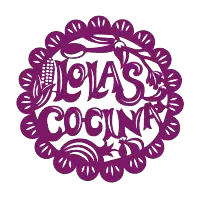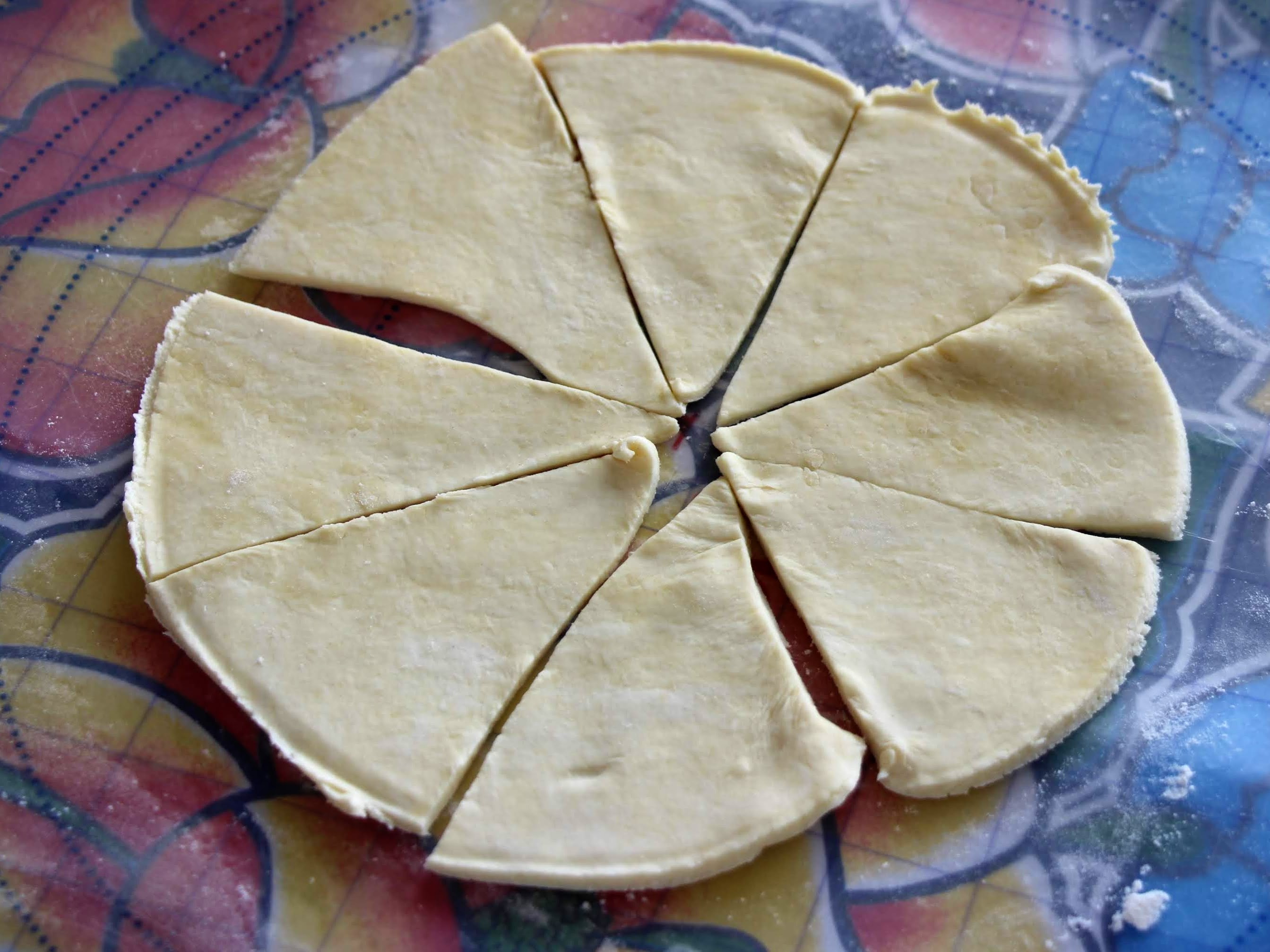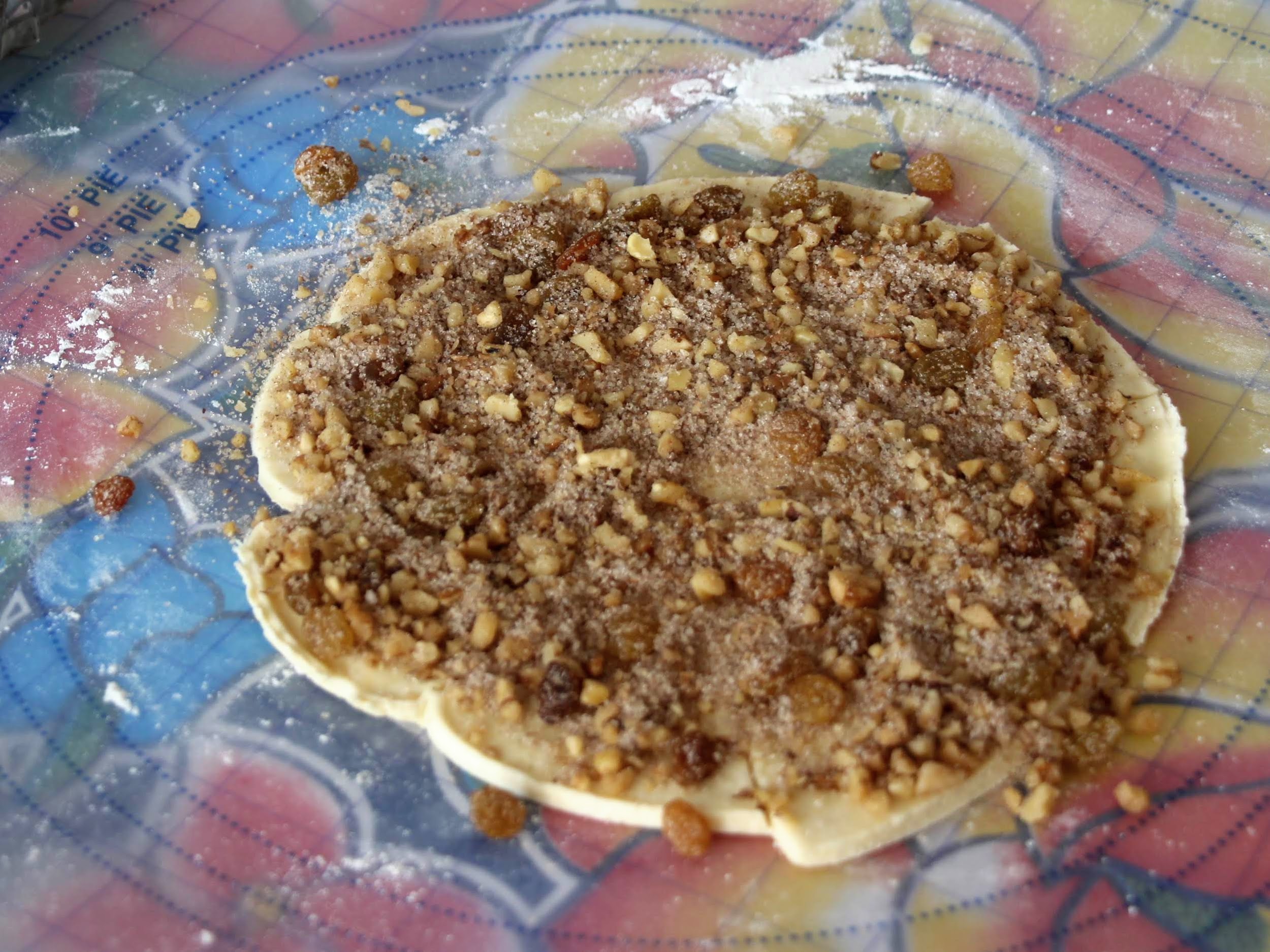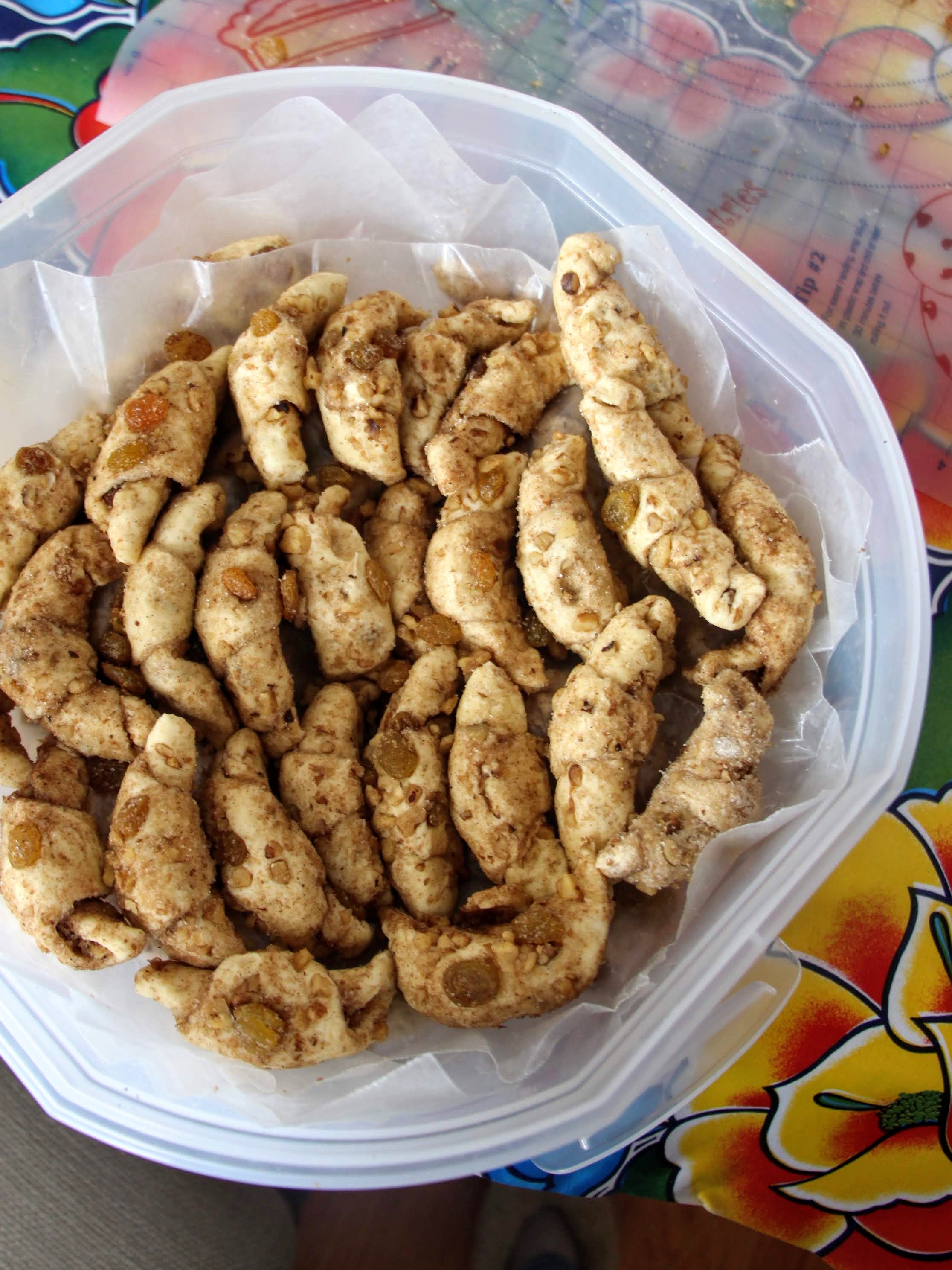Safta’s Cinnamon Rugelach Recipe + 5 Fun Facts About the Jewish New Year
Today is the first day of fall and here at Lola’s Cocina, we are gearing up for Rosh Hashanah. To welcome autumn and the Jewish New Year, I’m celebrating with one of my favorite recipes and sharing some fun facts about Rosh Hashanah.
One of the things I look forward to the most during the Jewish holidays is the food. My mother-in-law goes all out and starts preparing weeks in advance. Before sitting down for the main meal on Rosh Hashanah, we recite blessings and nibble on different foods while learning about their significance as they relate to the start of a new year. Then there’s dessert and my suegra always has a freezer full of rugelach ready to pop into the oven, much to everyone’s delight.
WHAT IS RUGELACH?
These croissant-shaped treats are believed to have originated in the Jewish communities of Poland and are also popular in Israel as well as the Jewish diaspora. They make the perfect treat for Rosh Hashanah because we eat sweets in the hopes of a sweet new year.
HOW TO MAKE RUGELACH
This is my mother-in-law’s recipe, which she learned from her mother. It is made with a cream cheese dough, which is covered with a combination of walnuts, sugar, cinnamon, and golden raisins before being shaped into a little crescent. If you plan on making this recipe, I recommend that you prepare a double batch because they freeze well and are perfect for baking when unexpected guests drop by!
5 FUN FACTS ABOUT ROSH HASHANAH:
1. Unlike the secular New Year, which always falls on December 31 and January 1, the Jewish New Year date changes each year and usually takes place in September or early October. This year Rosh Hashanah begins at sundown on September 29.
2. The holiday typically consists of blessings over wine at holiday meals where each food has significance. There’s always something sweet, which symbolizes hope for a sweet new year: round challah dipped in sugar instead of salt, apples dipped in honey, honey cake, and other treats.
3. Rosh Hashanah is a time for new beginnings and allows for a period of prayer and reflection that ends 10 days later with Yom Kippur, the Day of Atonement.
4. New beginnings is usually less about diet and exercise and creating vision boards, and more about asking God and others for forgiveness, forgiving those who have hurt us, and reflecting on personal growth.
5. A shofar, or ram’s horn, is typically blown to usher in the Jewish New Year and conclude Yom Kippur.
RUGELACH RECIPE
INGREDIENTS FOR RUGELACH DOUGH
2 sticks margarine at room temperature
1 package cream cheese at room temperature
2 cups all-purpose flour
Dash of salt (avoid if using salted butter)
INGREDIENTS FOR CINNAMON MIXTURE (these are approximate and can be adjusted to your liking)
4 cups of white sugar
3 tablespoons cinnamon
2 cups walnuts, chopped (I like to use a hand-cranked nut chopper for this)
2 cups golden raisins
PREPARATION (see images below for step-by-step instructions)
In a large bowl, mix dough ingredients by hand until well blended. Avoid over kneading. Form four balls roughly the size of baseballs and refrigerate for at least four hours or overnight if possible.
In a separate bowl, mix sugar, cinnamon, walnuts, and golden raisins.
Lightly flour a non-stick surface, non-stick silicone baking liners, or pastry mat for rolling dough. Take out one ball at a time from the refrigerator and using a rolling pin, roll out the ball to form a circle approximately 8 inches in circumference and 1/8 inch in thickness. Next, place an 8″ plate over the dough and using a knife, cut around the plate to form a circle and then cut into eighths (it will look like a sliced pizza).
Next, using a spoon, sprinkle a very generous amount of the cinnamon mixture evenly onto the dough and tightly roll from the outer edge of each “triangle” toward the point, forming small croissant shapes and turn edges toward each other. Press croissants into the cinnamon mixture, to cover completely.
If freezing for later use, store in layers, using wax paper in between each layer, in an airtight container.
If baking, bake in a single layer on a cookie sheet at 350 degrees until golden brown, approximately 20 minutes. I like to use non-stick silicone baking liners when making these so that the bottoms don’t burn.
Be sure to cover dough when refrigerating. First with wax paper, and then with a cloth towel.
We eyeball the sugar mixture proportions, but this is how it should look.
After rolling dough, cut off excess edges using a plate to form a perfect circle.
Next, cut into eighths.
This is what I mean when I say to add a very generous amount of the sugar mixture onto the dough.
Be sure to dip rugalech into the excess sugar mixture to coat completely, then twist edges toward each other to form croissant shapes.
If freezing, be sure to store in a single layer, with wax paper in between each layer, in an airtight container.

Lola Wiarco Dweck
Lola is a Mexican-American recipe developer, writer, and cooking instructor who loves sharing her culture with the world. Growing up in California and spending summers in Mexico, Lola celebrates her family’s Mexican recipes and vibrant culture through Lola’s Cocina.


















